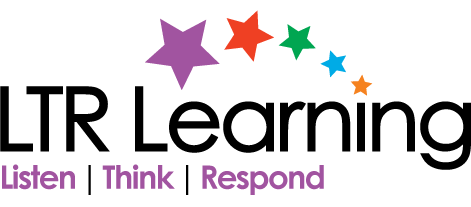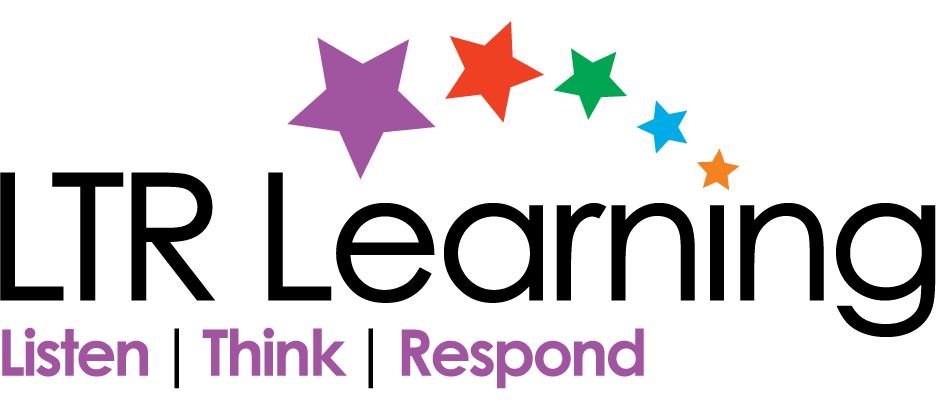Here are some of the reasons why the LTR Language & Literacy Program has such a high expectation of five year old children.
We believe that young children have the capacity to learn all aspects of the English alphabetic code with relative ease. Many children begin school knowing the ABC song and have varying degrees of understanding of letter names. We want to be explicit regarding the use of letter names and the hearing of the sounds. There is a widely held misconception that the names are for the capital (or upper case) letters and the sounds are for the little (or lower case) letters. However, the name is the same for both upper and lower case. The sounds are the same for both upper and lower case and are determined by the letter’s place within a word.
Capital (or upper case) letters are seen by beginning readers from the first time they pick up a book. They see both upper case and lower case when they look at a sentence or read a name. They learn to write their own name, starting with a capital letter. From the beginning, they learn that a sentence starts with a capital letter and ends with a full stop.
LTR teaches numerous sounds for many letters, such as the 6 or 7 sounds for the single letter ‘a’, two sounds for the single letter ‘c’, two sounds for the letter ‘s’ and so on. The children learn to refer to the letters by name, otherwise confusion reigns. For example, the letter ‘a’ in the word ‘was’ is making a short ‘o’ sound. Therefore we cannot refer to the ‘a’ as ‘short a’ because that is not the sound in this word. To talk about the complexity, we need to use the name of the letter.
Similarly, when we introduce multiple phonograms such as ‘th’, we do not refer to the ‘t’ and the ‘h’ by the separate sounds because we cannot hear those sounds in the phoneme. Accurate information is to learn the names of the two letters that form the grapheme as well as the sound ‘th’ (2 sounds – one with the voice as in ‘this’ and one without the voice as in ‘think’).
Students also need to refer to the letter names when spelling.
For further information about the products provided by LTR Learning (Listen, Think, Respond) and how they meet the Australian Primary School English Curriculum for Foundation/Reception to Year 2 students, click on the links.

